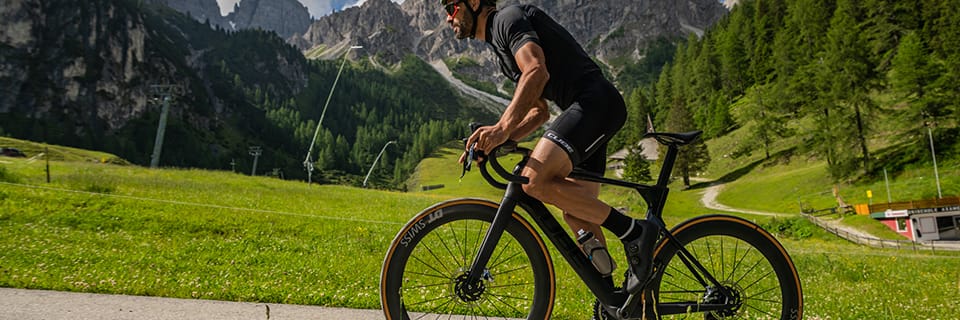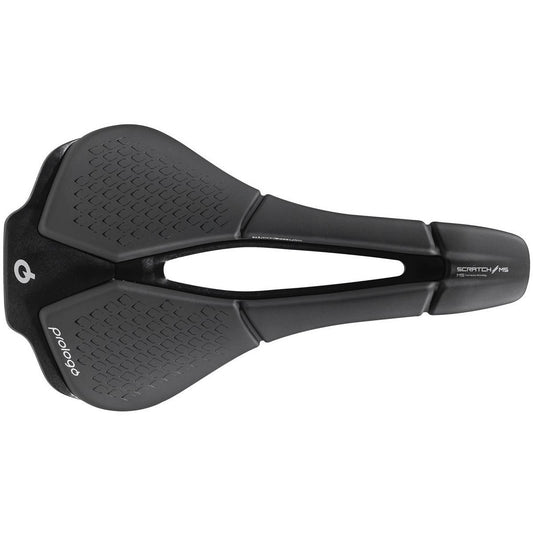One of the things that can spoil a magnificent outing on the most beautiful of roads: the bike saddle. Expectations and sensations differ according to cyclists' morphologies, but here are a few pointers to help you make sense of the vast choice of models.
Standard models
- The profile : rounded, flat, semi-rounded
- The central channel without, hollow or openwork
- The width
- The rail material Titanium, steel, aluminum, carbon, etc.
Saddle types
It's important to remember that it's not possible to say that a particular model will necessarily suit you. Only a series of rides of varying duration and with different settings can validate a model. However, here's what users and manufacturers generally say.
Road saddles can be classified under three types of shape :
Rounded
Generally appreciated for long distances and by riders looking for comfort. Weight is often better distributed, and the shape limits overheating over time.
Flat
Designed for short distances and/or intensive effort. Ideal for races requiring regular position changes.
Semi-round
In order to offer versatile saddle models, we often find an intermediate shape between rounded and flat.
To limit stress on the perineum areaarea, some saddles feature a channel in the central part of the saddle. This channel may be simply hollowed out a to reduce pressure, or even perforated b to eliminate pressure in this area. Note that this type of saddle may not be suitable for everyone, as the stress is not totally eliminated but distributed to other areas of the seat.
Saddle width
This is often a function of two characteristics. The size of your pelvis and your position on the bike.
The width of your pelvis will directly influence the distance between the points of support of your ischium*, i.e. the 2 points of contact with your saddle. For a wide pelvis, we recommend a saddle that's a little wider than average, and vice versa. The classic width of a saddle is around 135 mm.
Position on the bike will also influence saddle width. Your weight is distributed differently between the saddle, handlebars and pedals, depending on whether you're riding in a sporty or upright position. The more upright you are, the more weight will be distributed over the saddle, in which case a slightly wider saddle is recommended. Beware: a saddle that's too wide can hinder pedaling and cause friction on the inner thighs over time, so it's not recommended for sporty road biking.
Saddle length
There are two categories: short and long saddles:
Short saddlesWith a length of less than 250 mm, short saddles enable you to find a position more quickly, and offer greater clearance when riding on the back of the bike on steep descents. What's more, short saddles rub less on the thighs when dancing.
For the record, all brands offer short saddles, and new products from the leading brands focus mainly on this product category.
Long saddleswith a length of over 250 mm, are ideal for outings where the rider's posture is less demanding. These saddles are particularly popular with professional riders, who are able to find their own position on a long saddle, allowing them to move around on the saddle according to the physiognomy of the race (on the front of the saddle for strong acceleration / on the back of the saddle to stretch the thighs).
Finally.., it's not uncommon to find the same saddle model offered with different rail types. In addition to the weight savings that each material can bring, the type of rail will also provide more or less comfort:
- Titanium the most comfortable and lightest
- Steel relatively comfortable
- Aluminum relatively light
- Carbon lightest, with excellent shock and vibration absorption
Please note that carbon rails are usually oval rather than round.and therefore require seat post with a saddle carriage compatible :
Which saddle to choose?
Once again, it's hard to say for sure, but to sum up, here's what you need to know.
For sporty riding road biking, a semi-rounded saddle with a classic width (approx. 135 mm) to match your pelvis should do the trick. A flat saddle is also ideal for riders who like to change position regularly.
For leisure riding or simply for strollinga rounded saddle with a classic width or even a little wider, depending on your pelvis, should be suitable.
If you suffer from perineal paina saddle with a hollowed-out canal should solve the problem.
If, despite all this advice, you still can't find a model that allows you to ride without pain, it's advisable to consult a specialist in postural studies.
ROAD - Saddles
-
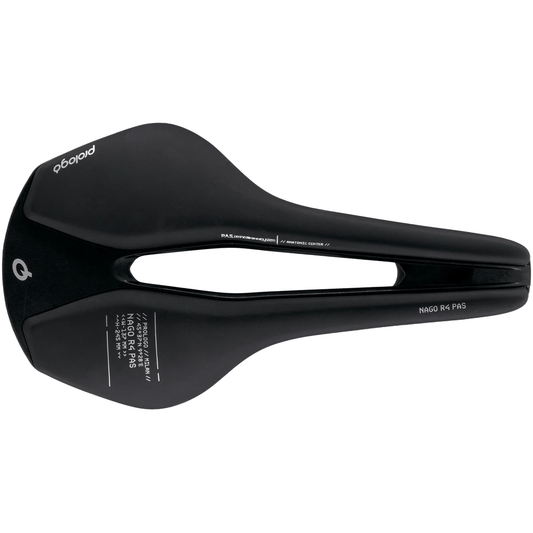
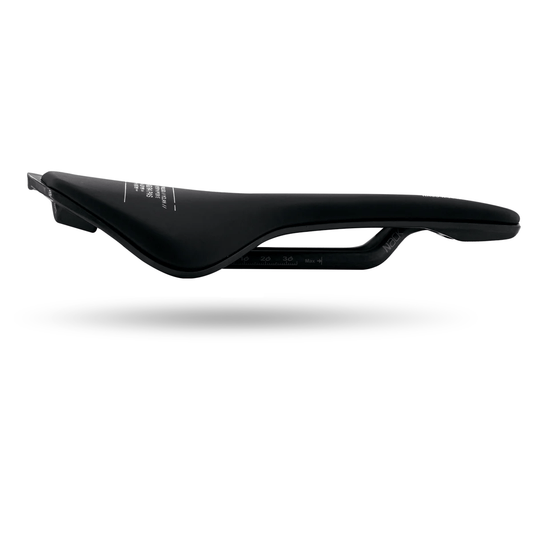
Saddle PROLOGO NAGO R4 PAS 137 Tirox Black
Regular price 129,99 €Regular priceUnit price per -
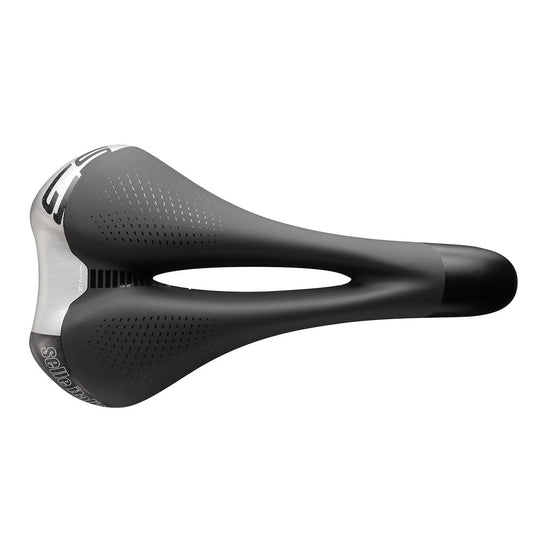
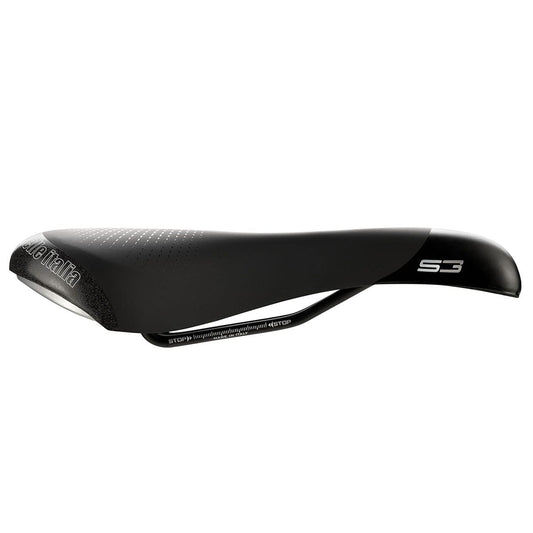
Saddle Saddle ITALIA S 3 FLOW Rails Fec Black
Regular price 29,99 €Regular priceUnit price per -
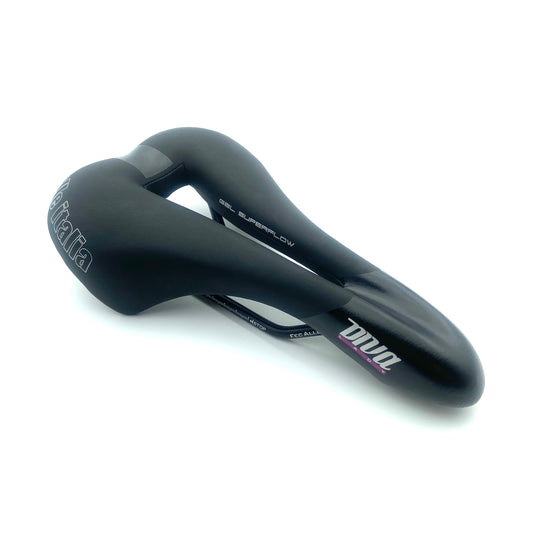
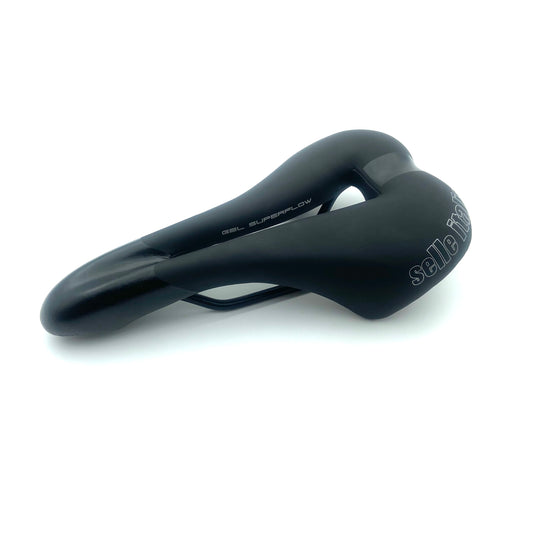
Saddle SELLE ITALIA DIVA GEL SUPERFLOW L Femme Rails Fec
Regular price 49,99 €Regular priceUnit price per -
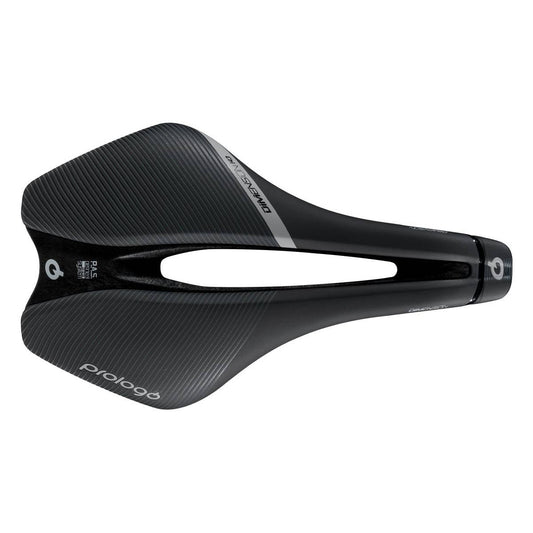

Saddle PROLOGO DIMENSION Rails T4.0 Black
Regular price 79,99 €Regular priceUnit price per -
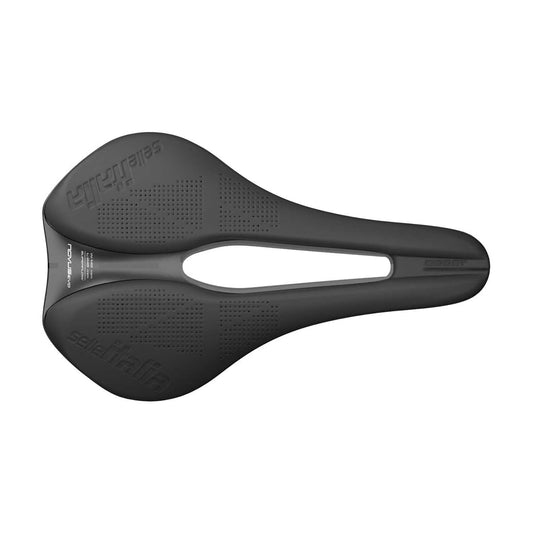
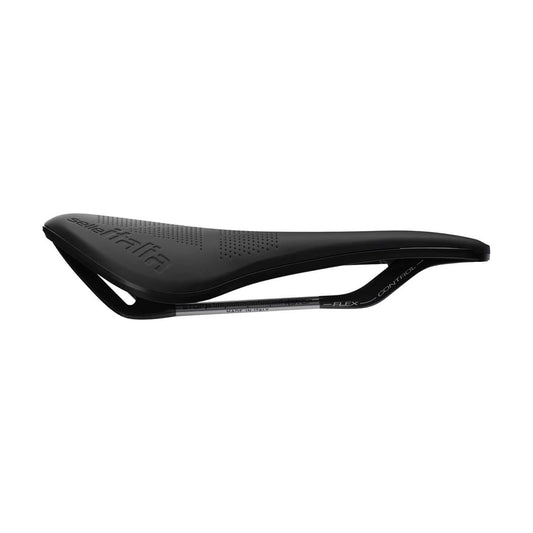
Saddle Saddle ITALIA NOVUS EVO BOOST SUPERFLOW L Rails Fec
Regular price 39,99 €Regular priceUnit price per -
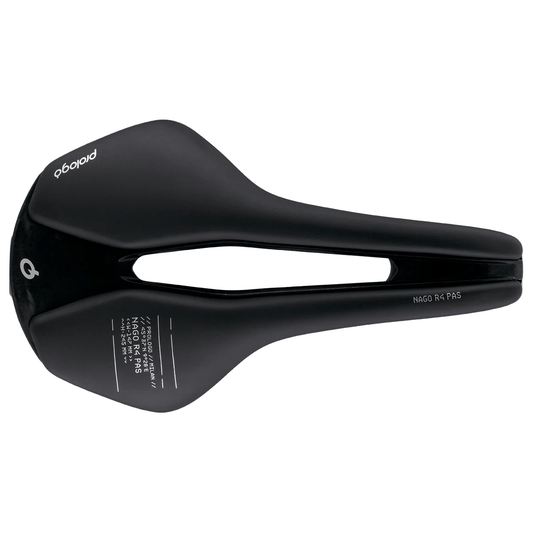
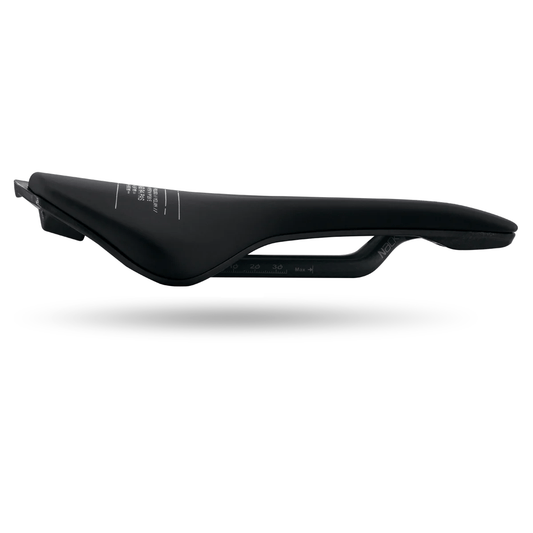
Saddle PROLOGO NAGO R4 PAS 137 Nack Black
Regular price 199,90 €Regular priceUnit price per -
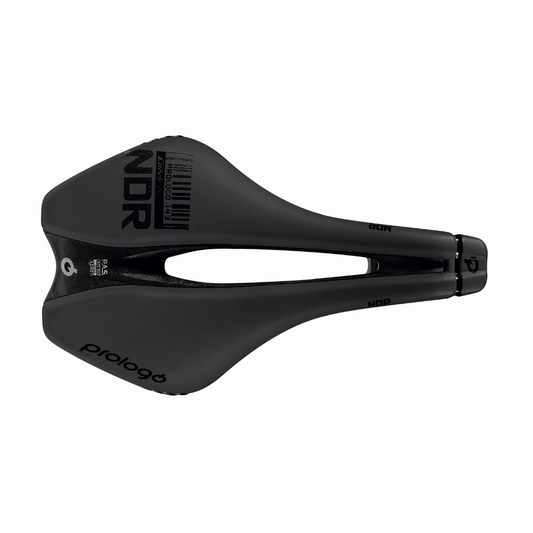
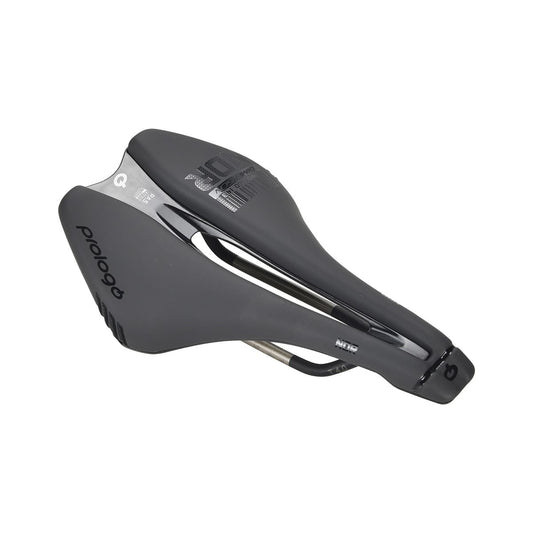
Saddle PROLOGO DIMENSION NDR Rails T4.0 Anthracite
Regular price 89,99 €Regular priceUnit price per
